Trauma responses are instinctive reactions to perceived threats or distressing experiences. When faced with overwhelming fear or danger, the brain and body activate survival mechanisms designed to protect us. These responses are automatic, not conscious decisions.
Trauma responses often develop as a result of past experiences that left a lasting imprint on the nervous system. While these responses are intended to protect individuals from harm, they can become disruptive if they persist in situations where no actual threat exists. For example, a person who experienced frequent criticism as a child may develop a “flight” response, avoiding conflict even when it’s necessary or appropriate.
Understanding trauma responses can help parents, caregivers, teachers, and mental health professionals recognise behaviours rooted in past experiences. By learning to identify these patterns, we can better support those affected by trauma with compassion and empathy.
The Four Common Trauma Responses
Trauma responses are typically categorised into four types: Fight, Flight, Freeze, and Fawn. Each serves a protective function but can manifest in problematic ways when triggered repeatedly.
Fight
The “fight” response activates the body to confront a perceived threat. This is a natural reaction when someone feels cornered or unsafe. While this response can be empowering in moments of real danger, it can lead to challenging behaviours when triggered unnecessarily.
- Children: Children exhibiting a fight response may become physically aggressive, lash out with tantrums, or attempt to control their environment. For example, a child with a “fight” response may struggle to share toys or insist on dominating group activities to maintain a sense of control.
- Adults: Adults with a fight response may display aggression, become easily frustrated, or adopt controlling tendencies. For instance, someone who grew up in an unstable household may instinctively raise their voice or intimidate others when feeling threatened.
Flight
The “flight” response prompts individuals to escape from perceived threats. This might involve physically leaving the situation or mentally distracting themselves to avoid discomfort.
- Children: Children may avoid social interactions, frequently leave the room when stressed, or immerse themselves in excessive activities like video games or reading to avoid difficult emotions.
- Adults: Adults may cope by overworking, staying constantly busy, or avoiding meaningful conversations. For example, an adult who experienced childhood neglect may habitually withdraw from close relationships to protect themselves from potential hurt.
Freeze
The “freeze” response causes an individual to become still, emotionally numb, or mentally disconnected when overwhelmed. This response often occurs when someone feels powerless to escape or address a threat.
- Children: Children with a freeze response may become quiet, withdrawn, or seem “spaced out.” A child who frequently daydreams or freezes when asked a question in class may be experiencing this reaction.
- Adults: Adults may experience decision paralysis, detachment, or a sense of being “stuck.” For instance, someone with a freeze response may shut down emotionally during intense discussions to avoid conflict.
Fawn
The “fawn” response involves appeasing others to avoid conflict or maintain peace. This response often develops in individuals who have experienced ongoing criticism or unpredictable environments.
- Children: Children may become overly compliant, constantly seeking approval, or hesitant to assert themselves. For example, a child who frequently apologises or agrees with others — even when they feel differently — may be exhibiting a fawn response.
- Adults: Adults may find themselves unable to set boundaries, consistently prioritise others’ needs over their own, or tolerate mistreatment to maintain relationships.
Recognising these patterns can help caregivers and professionals better understand challenging behaviours and respond with empathy.
Why Trauma Responses Develop
Trauma responses are rooted in the brain’s survival system. When danger is perceived, the amygdala — the brain’s alarm centre — triggers the release of stress hormones like cortisol and adrenaline that prepare the body for action. This system is essential for responding to immediate danger, but when activated frequently due to prolonged stress or past trauma, it can become overactive.
For example, a child who experienced severe neglect may develop a highly sensitive fight-or-flight response. Even harmless cues — like a raised voice or sudden movement — can trigger intense feelings of fear or defensiveness. Over time, these reactions become automatic and may continue into adulthood.
This heightened sensitivity is not a conscious choice but an ingrained survival mechanism. Individuals who experienced neglect, abuse, or chaotic environments may develop heightened vigilance, responding to minor stressors as if they were major threats. These patterns often develop unconsciously, as the brain instinctively prioritises survival over logical reasoning.
Trauma Responses in Children
Children’s developing brains process trauma differently than adults. Depending on their age, children may express distress in distinct ways:
- Young children: May regress in behaviour, become excessively clingy, or have frequent tantrums. For example, a pre-schooler who witnessed family conflict may start wetting the bed again or resist separation from caregivers.
- School-age children: Might display defiance, outbursts, or difficulty focusing in class. For instance, a child who feels unsafe at home may struggle to follow directions at school, acting out as a form of self-protection.
- Teens: Could become withdrawn, overly compliant, or engage in risky behaviour. A teenager coping with unresolved trauma may isolate themselves from friends or engage in substance use as a means of escape.
Understanding these behaviours as trauma responses — rather than intentional defiance or disobedience — can shift how caregivers provide support.
Trauma Responses in Adults Affected by Childhood Trauma
Adults who experienced childhood trauma may continue to rely on these ingrained survival responses. Triggers — sounds, situations, or emotional cues that remind them of past experiences — can reignite these reactions.
This might appear as:
- Difficulty trusting others, particularly in relationships.
- Emotional outbursts triggered by seemingly minor events.
- Avoidance of confrontation, often resulting in suppressed feelings or unresolved issues.
For example, an adult who experienced unpredictable parental behaviour may instinctively withdraw or become defensive when faced with criticism in the workplace. These patterns, while rooted in past experiences, can be unlearned with support and practice.
Supporting Someone with Trauma Responses
Helping someone navigate trauma responses requires patience and understanding. Practical strategies include:
- Creating a safe environment: Consistency, predictability, and calm responses can reduce anxiety. For instance, establishing routines at home or school can help individuals feel secure.
- Validating emotions: Acknowledging feelings without judgment helps individuals feel seen and understood. For example, saying “I see you’re upset — that’s okay” can provide comfort and reduce emotional intensity.
- Encouraging self-regulation techniques: Breathing exercises, grounding techniques, and mindfulness can help individuals regain control during distress. Teaching simple practices like counting breaths or identifying sensory details can provide effective coping tools.
When trauma responses significantly affect daily life, seeking professional support from trauma-informed therapists can provide essential guidance and tools.
Where to Find Help and Resources
For those seeking support, consider these options:
- Therapists trained in trauma-informed care can offer strategies for managing trauma responses.
- Support groups provide a safe space to connect with others facing similar challenges.
- Educational resources from organisations such as the National Child Traumatic Stress Network (NCTSN) or Trauma-Informed Care Institute can provide helpful insights.
In Summary
Trauma responses are natural reactions to overwhelming experiences, not flaws in character. Understanding the four common trauma responses — fight, flight, freeze, and fawn — can provide insight into behaviours that may seem puzzling or frustrating.
By recognising these patterns, parents, caregivers, and professionals can better respond with patience and empathy. Creating safe environments, validating emotions, and encouraging healthy coping strategies can help individuals feel supported and empowered. With the right resources and care, those affected by trauma can develop resilience and move toward healing.
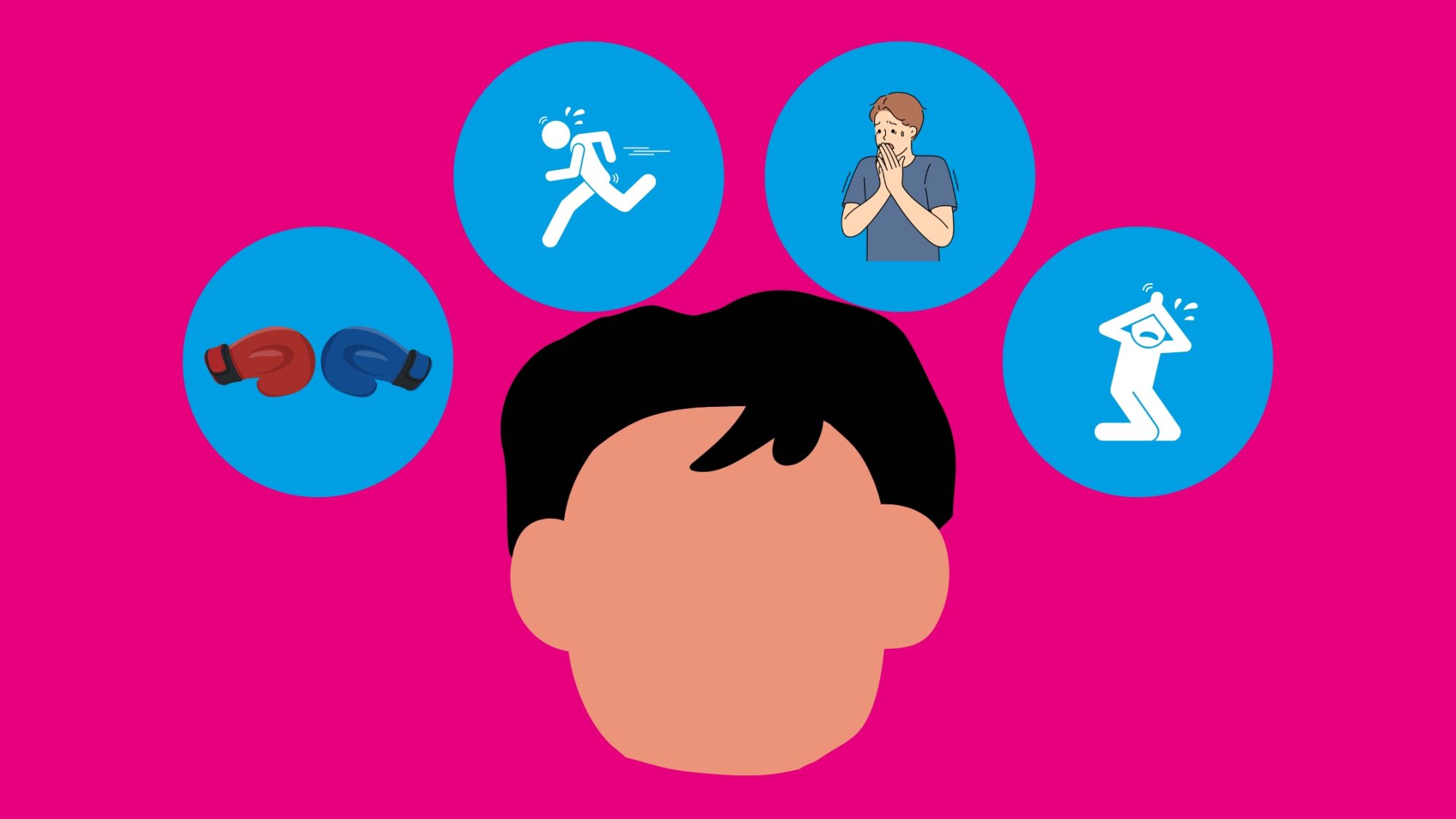






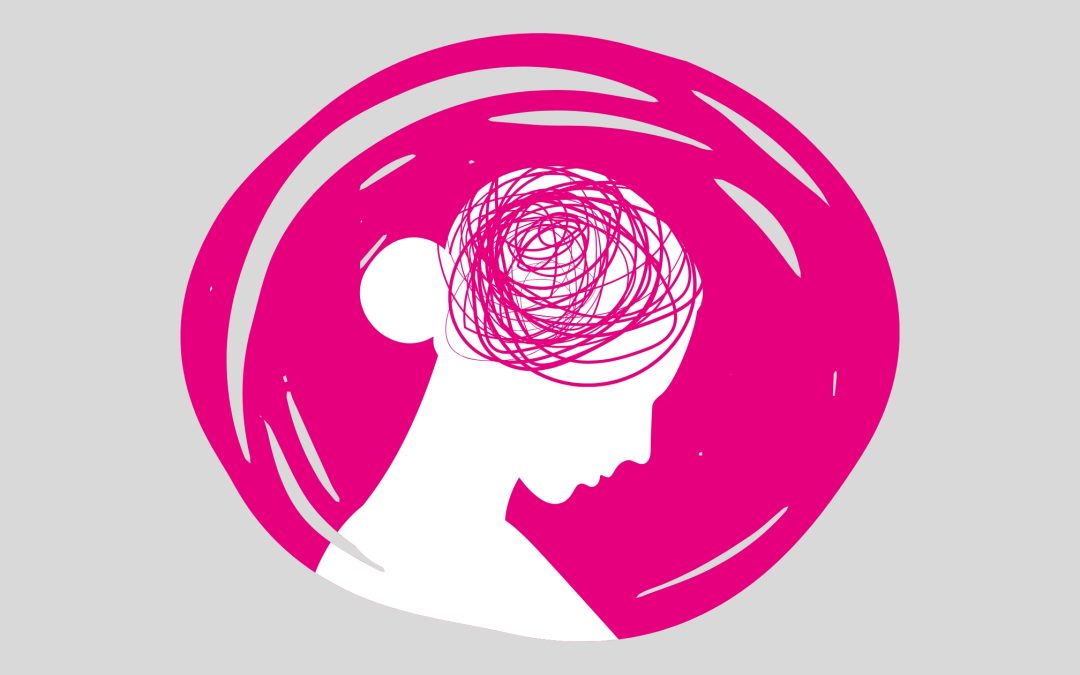
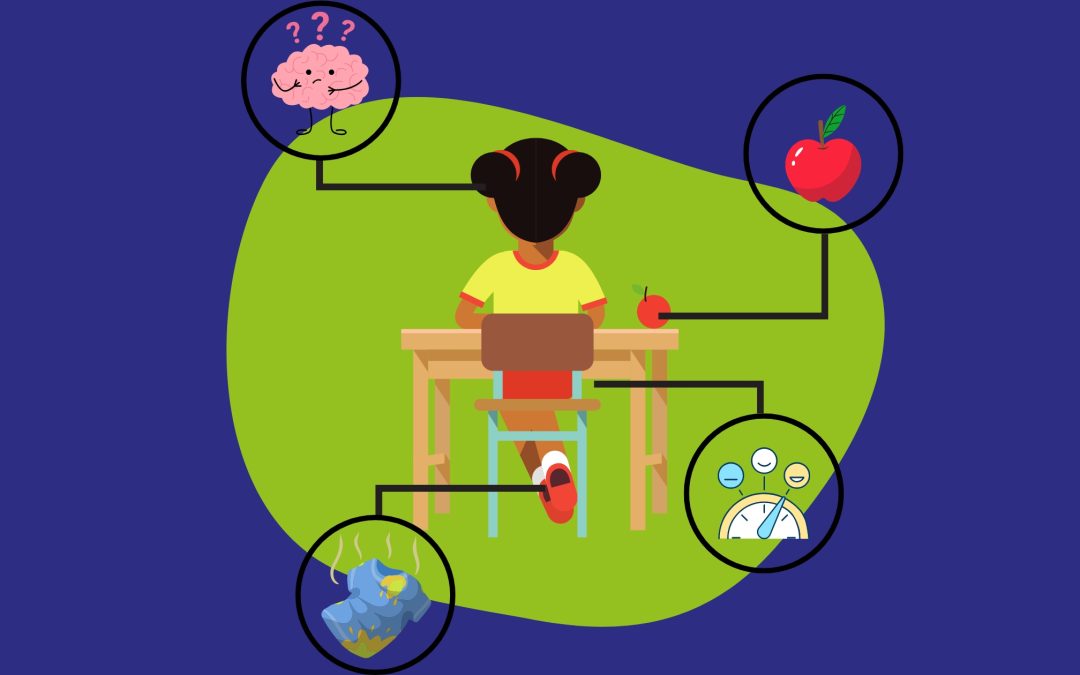

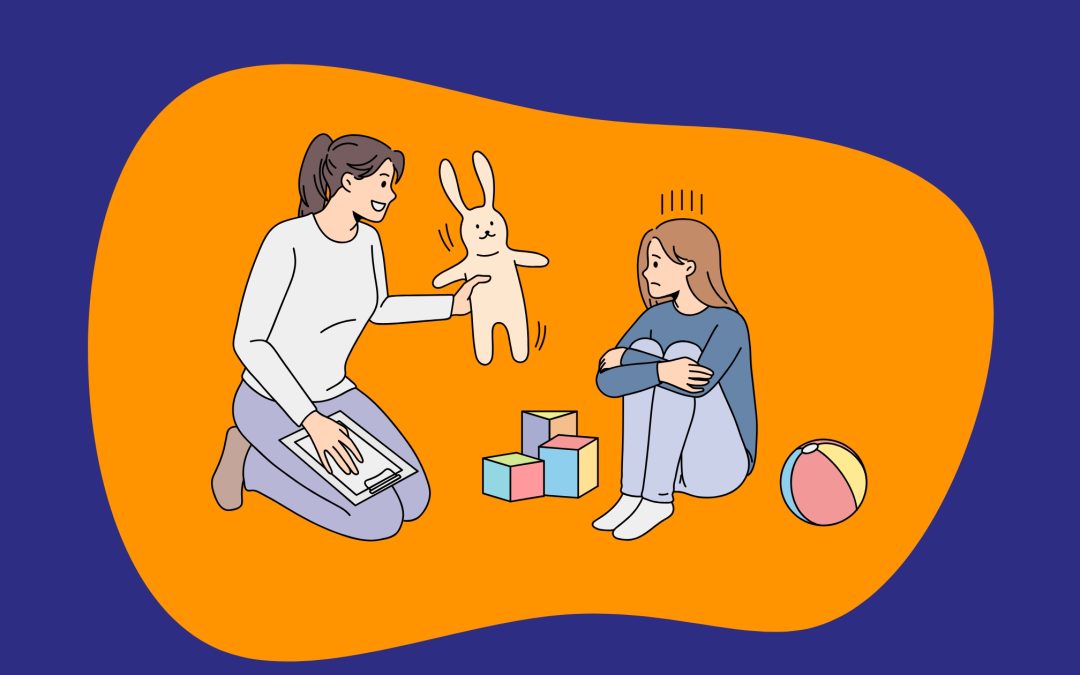
0 Comments